Get Free Solar Panel Quotes
Find out how much solar panels would cost you
Do you need solar panels for your home or business?
Fill in our form - Get a free quote - Start saving on energy bills
Why get solar panels?
- Generate free, green electricity
- Reduce your electricity bill by up to 64%
- Get paid for what you don't use
As featured in:



Solar Panels
Power your home with energy from the sun, and get paid for the energy you don’t use.
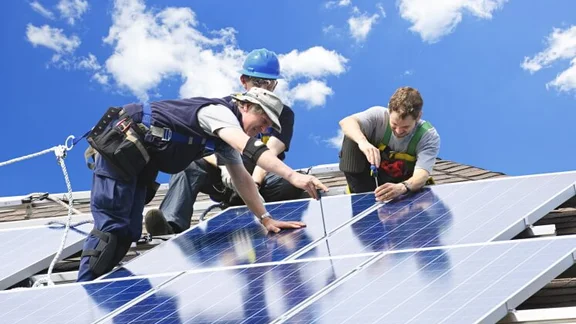
Government grants and funding for solar panels – 2025
The latest UK government solar panel grants and to help pay for solar panels on your home - start saving on your energy bills today
-
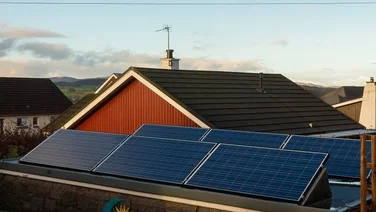 The complete guide to solar panels in Edinburgh Thinking of getting solar panels in Edinburgh? Read our complete guide for everything you need to know, including costs and how much electricity they generate.
The complete guide to solar panels in Edinburgh Thinking of getting solar panels in Edinburgh? Read our complete guide for everything you need to know, including costs and how much electricity they generate. -
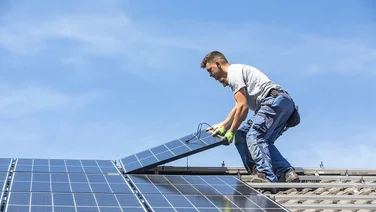 How much do solar panels cost? Discover how much solar panels cost in the UK, how many your home would need, and how much you could save on your energy bills by going solar
How much do solar panels cost? Discover how much solar panels cost in the UK, how many your home would need, and how much you could save on your energy bills by going solar -
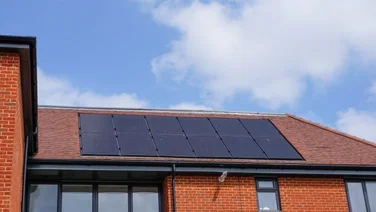 Is it worth getting solar panels in Dorset? Find out how much it costs to get solar panels in Dorset, how much you could save on your electricity bills, and the grants available.
Is it worth getting solar panels in Dorset? Find out how much it costs to get solar panels in Dorset, how much you could save on your electricity bills, and the grants available. -
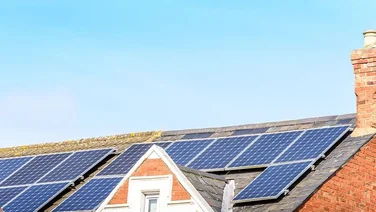 Buying solar panels in Scotland Thinking of installing solar panels in Scotland? Find out about the costs, benefits, and grants that come with going solar in Scotland.
Buying solar panels in Scotland Thinking of installing solar panels in Scotland? Find out about the costs, benefits, and grants that come with going solar in Scotland. -
 The complete guide to solar panels in Wales Solar panels typically cut energy bills in Wales by 67%. Find out everything you need to know about solar panels in Wales here.
The complete guide to solar panels in Wales Solar panels typically cut energy bills in Wales by 67%. Find out everything you need to know about solar panels in Wales here. -
recommended
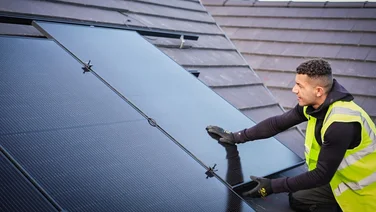 The UK's best solar panel installers We analysed 643 of the UK's top MCS-certified solar companies for this rundown of the best installers in the UK.
The UK's best solar panel installers We analysed 643 of the UK's top MCS-certified solar companies for this rundown of the best installers in the UK. -
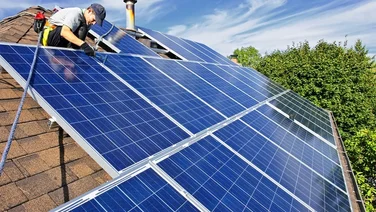 The Smart Export Guarantee explained Get paid for the solar power you send back to the grid with the Smart Export Guarantee. Here’s our guide to how it works.
The Smart Export Guarantee explained Get paid for the solar power you send back to the grid with the Smart Export Guarantee. Here’s our guide to how it works. -
 The complete guide to solar panels on the Isle of Wight Solar panels on the Isle of Wight typically generate 16% more electricity than the UK average. Here's everything else you need to know.
The complete guide to solar panels on the Isle of Wight Solar panels on the Isle of Wight typically generate 16% more electricity than the UK average. Here's everything else you need to know. -
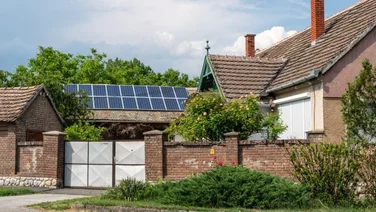 Should you get solar panels in Northern Ireland? The average Northern Irish household will save £584 per year with solar panels. Find out here if they're right for your home.
Should you get solar panels in Northern Ireland? The average Northern Irish household will save £584 per year with solar panels. Find out here if they're right for your home.